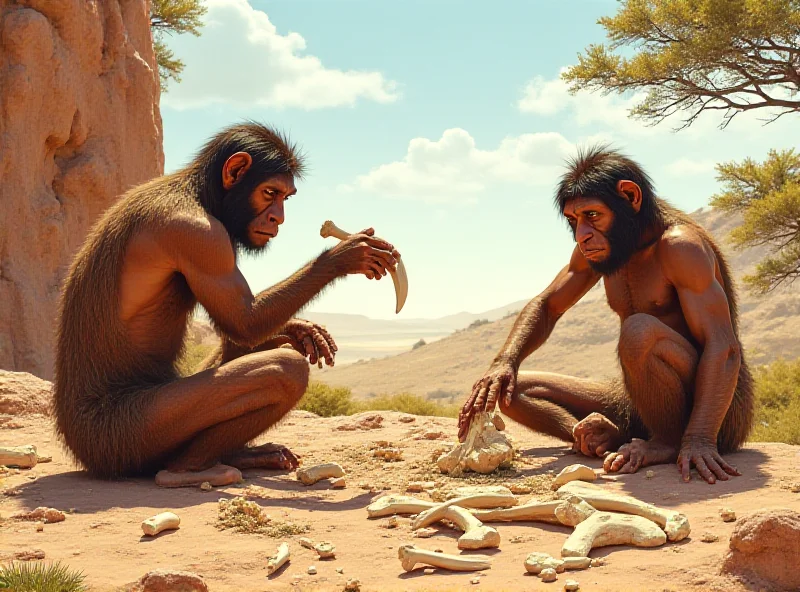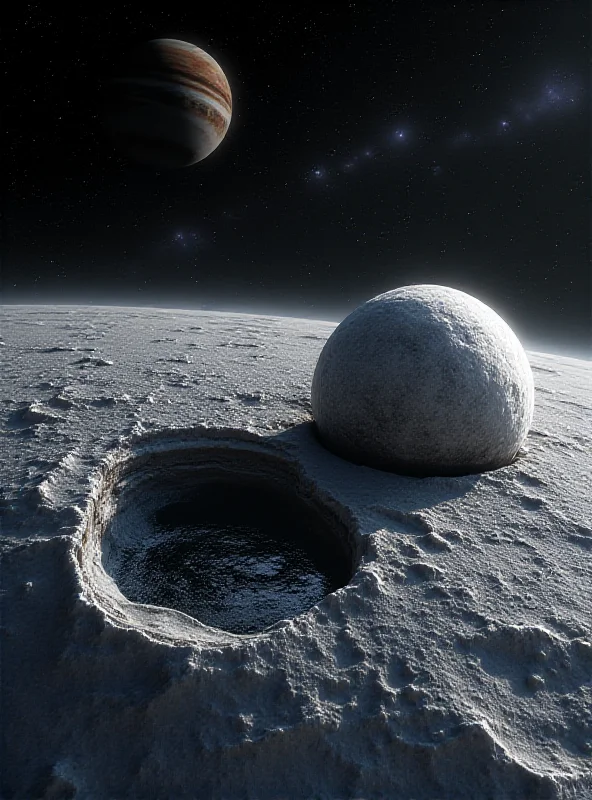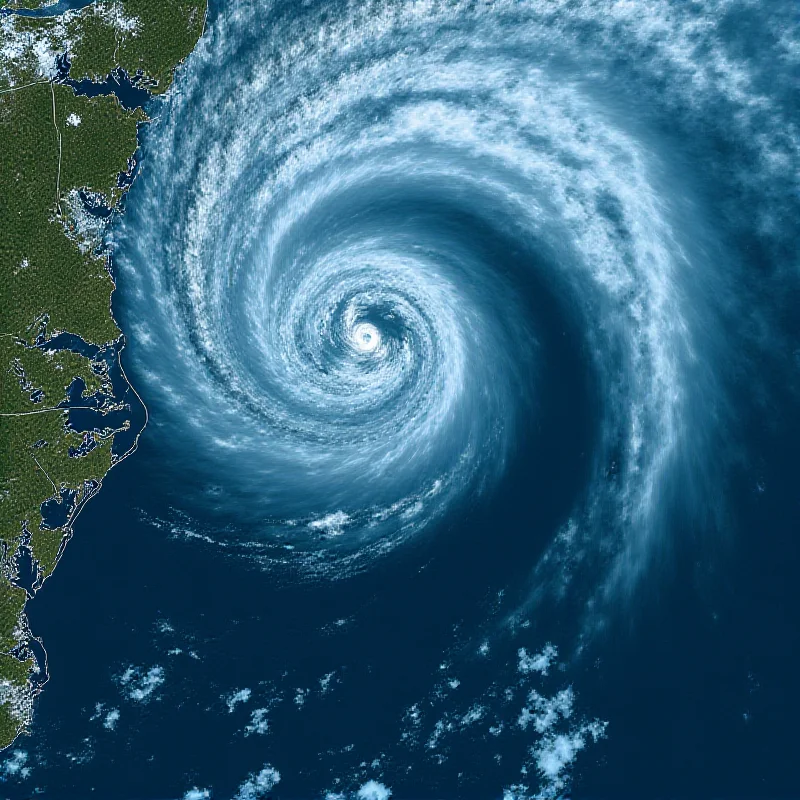Welcome to your weekly science roundup! From the depths of space to the dawn of humanity, researchers have been making some fascinating discoveries. Let's dive in!
Ancient Humans and Bone Technology
A new study has revealed that our ancestors were crafting tools from bones a staggering 1.5 million years ago. This discovery pushes back the timeline of human technological advancement significantly. Imagine, early hominins, including the robust Australopithecus, using bone fragments for digging and other tasks. This is a major leap in our understanding of human evolution. As one researcher noted, "This find completely rewrites what we thought we knew about tool use in early humans."

This wasn't just opportunistic scavenging; it was deliberate toolmaking. These early humans selected specific bones, modified them, and used them purposefully. This indicates a level of cognitive ability and planning that previously wasn't attributed to hominins from that era.
Ocean Under Callisto?
Moving from Earth's ancient past to the vastness of space, scientists are revisiting data from the Galileo mission, which launched way back in 1989. A fresh look at this data suggests that Callisto, one of Jupiter's moons, likely harbors a subsurface ocean.
This is not the first time that scientists have suggested the presence of a subsurface ocean on Callisto. However, this new analysis strengthens the claim and provides further insights into the moon’s geophysical characteristics. If confirmed, this ocean could have significant implications for the potential habitability of Callisto. Could there be life on Jupiter's moon? It's an exciting question for future exploration!

Deadly Storms Threaten the US
Back on Earth, severe weather is causing concern. Tornado warnings were issued across multiple states on Wednesday, including the Carolinas, Florida, and Virginia. The threat of deadly storms is a serious concern, and residents in these areas are urged to stay informed and take necessary precautions.

The National Weather Service is closely monitoring the situation and providing updates. It's crucial to heed their warnings and stay safe during these dangerous weather events.
Carbon Dioxide Absorption: A Worrying Trend
Finally, a study has revealed a concerning trend: soils and plants may have reached their peak in storing carbon dioxide around 2008. This means that the Earth's natural carbon sinks may be becoming less effective at absorbing CO2, potentially exacerbating climate change. The researchers stated, "This is a wake-up call. We need to find new ways to reduce carbon emissions and protect our planet."
That's all for this week's science news. Stay curious and keep exploring!
